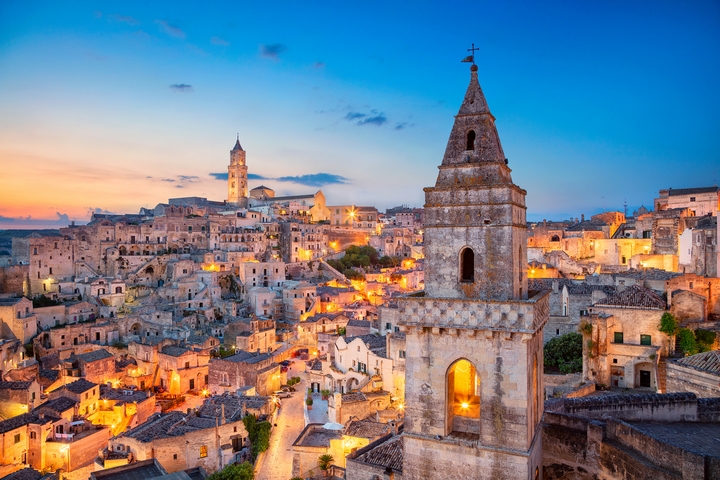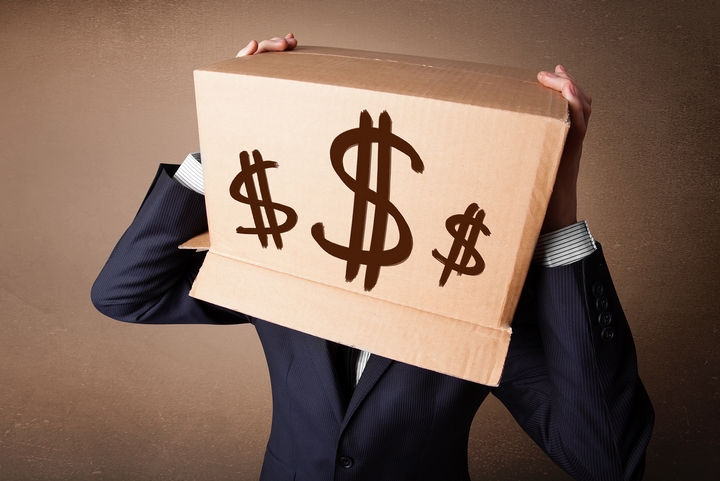Since the Great Recession, global debt has skyrocketed to unprecedented levels. Because governments have taken on debt, central banks facilitated this debt binge, and consumers are borrowing more than they could afford, the planet is awash in red ink. Unfortunately, there are zero signs that this will improve; world debt is only growing higher.
So, how much debt do earthlings have? Accumulatively, the world debt is inching towards $80 trillion, but when you factor in unfunded liabilities and expenditures than this figure likely doubles or even triples. The interest on this debt climbs about $14 million every three minutes because we continue to kick the can down the road without any regard for future generations. One can only imagine what the debt would be like if central banks implemented interest rates at historic averages!
Of course, not all debt is created equal. Some countries with the most debt are still thriving economically. Other nations’ debts are only a fraction of their gross domestic product. So, who has it the worst?
Here are 8 countries with the most public debt:
1. United States (Debt-to-GDP ratio: 106%)
 The United States is drowning in red ink, making it one of the more prominent countries with the most debt. The federal government, as well as state and local governments, are deep in the red. The nation’s fiscal problems cannot be overstated enough.
The United States is drowning in red ink, making it one of the more prominent countries with the most debt. The federal government, as well as state and local governments, are deep in the red. The nation’s fiscal problems cannot be overstated enough.
So, just how bad is it in the Land of the Free and Home of the Brave? Take a gander at the numbers:
- $23 trillion national debt.
- $1 trillion budget deficit.
- $500 billion annual interest payments.
- $19 trillion in Social Security liabilities.
- $31 trillion in Medicare liabilities.
It could be a lot worse, but the Federal Reserve and foreign governments are holding trillions in U.S. Treasury.
2. Canada (Debt-to-GDP ratio: 90.6%)
 Canadians do not seem to be too worried about the national debt or even the provincial debt. Whether it is because the media doesn’t cover enough of it or the numbers pale in comparison to their southern neighbours, the national debt is growing. It is only worsening under the current government that posts multi-billion-dollar budget deficits.
Canadians do not seem to be too worried about the national debt or even the provincial debt. Whether it is because the media doesn’t cover enough of it or the numbers pale in comparison to their southern neighbours, the national debt is growing. It is only worsening under the current government that posts multi-billion-dollar budget deficits.
At the federal level, the debt has soared to $700 billion. When the provincial debt is added to the mix, then the overall debt climbs to just under $1 trillion. This is a strong signal that Canadians will need better debt management in the future.
3. Japan (Debt-to-GDP ratio: 253%)
 The world’s third-largest economy made international headlines when its national debt topped one quadrillion yen. The only reason this made to the top of print and digital newspapers was because of the word “quadrillion.” When converted from the yen to United States dollars, this is just $9.2 trillion.
The world’s third-largest economy made international headlines when its national debt topped one quadrillion yen. The only reason this made to the top of print and digital newspapers was because of the word “quadrillion.” When converted from the yen to United States dollars, this is just $9.2 trillion.
Indeed, this is nothing to sneeze at. Japan is still reeling from too much debt, which was accumulated from its Lost Decade. Should Tokyo enter into a trade spat with Washington, then its economy could weaken and unable to prop up its fiscal mess.
4. France (Debt-to-GDP ratio: 98.5%)
 France is home to the Eiffel Tower, the Louvre, and the Arc de Triomphe. It is also home to debt, deficits, and spending. That’s right, France is one of the countries with the most debt. The country of love is also the country of red ink that will unlikely see green anytime soon. As of December 2018, French debt totaled $2.7 trillion.
France is home to the Eiffel Tower, the Louvre, and the Arc de Triomphe. It is also home to debt, deficits, and spending. That’s right, France is one of the countries with the most debt. The country of love is also the country of red ink that will unlikely see green anytime soon. As of December 2018, French debt totaled $2.7 trillion.
5. United Kingdom (Debt-to-GDP ratio: 88%)
 The United Kingdom is embroiled in a fight over England leaving the European Union (EU). There are merits for the former superpower fleeing the trade bloc in Brussels, but Great Britain may have other issues to contend with, such as its debt problems, which could intensify should Labour and Jeremy Corbyn gain power, something that is likely to happen. How big is this pecuniary problem? $2.5 trillion.
The United Kingdom is embroiled in a fight over England leaving the European Union (EU). There are merits for the former superpower fleeing the trade bloc in Brussels, but Great Britain may have other issues to contend with, such as its debt problems, which could intensify should Labour and Jeremy Corbyn gain power, something that is likely to happen. How big is this pecuniary problem? $2.5 trillion.
6. Portugal (Debt-to-GDP ratio: 125%)
 Portugal is not exactly a bastion of fiscal responsibility. The country ditched austerity and introduced pension and wage hikes. Everyone is celebrating and thinking the good times are here to stay. Not quite. Portugal is facing a $310 billion federal debt, but what is worse is its pensions crisis. It has overpromised and now future generations will be on the hook for generous public pension schemes.
Portugal is not exactly a bastion of fiscal responsibility. The country ditched austerity and introduced pension and wage hikes. Everyone is celebrating and thinking the good times are here to stay. Not quite. Portugal is facing a $310 billion federal debt, but what is worse is its pensions crisis. It has overpromised and now future generations will be on the hook for generous public pension schemes.
7. Greece (Debt-to-GDP ratio: 176%)
 Is Greece on the verge of another bailout? Local politicians do not want to be beholden to the EU or the International Monetary Fund. But what choice does it have as the economy stagnates and the debt tops $400 billion? Athens is on track for a budget surplus of around one percent of GDP for the next few years, but that might not be enough to rein in its debt.
Is Greece on the verge of another bailout? Local politicians do not want to be beholden to the EU or the International Monetary Fund. But what choice does it have as the economy stagnates and the debt tops $400 billion? Athens is on track for a budget surplus of around one percent of GDP for the next few years, but that might not be enough to rein in its debt.
8. Italy (Debt-to-GDP ratio: 132%)
 The populist movement engulfed the entire Italian political system. It made a lot of promises, some of it has been achieved and some of it has not. One area that has been neglected, however, is its financial picture. Rather than taking the opportunity to ignite a fiscally conservative movement, the new coalition government has instead expanded government, spent more, and considered giving everyone free money. Is it any wonder why Rome is in the hole by $3 trillion?
The populist movement engulfed the entire Italian political system. It made a lot of promises, some of it has been achieved and some of it has not. One area that has been neglected, however, is its financial picture. Rather than taking the opportunity to ignite a fiscally conservative movement, the new coalition government has instead expanded government, spent more, and considered giving everyone free money. Is it any wonder why Rome is in the hole by $3 trillion?
Whether you lean right or left, everyone should be concerned about their government’s debt. The higher the debt is, the more interest the government spends, which takes away from other essential services the state offers. Eventually, when interest rates climb higher, it is going to be more expensive to service the debt. American or Canadian, Japanese or British – the debt is impacting everyone.

